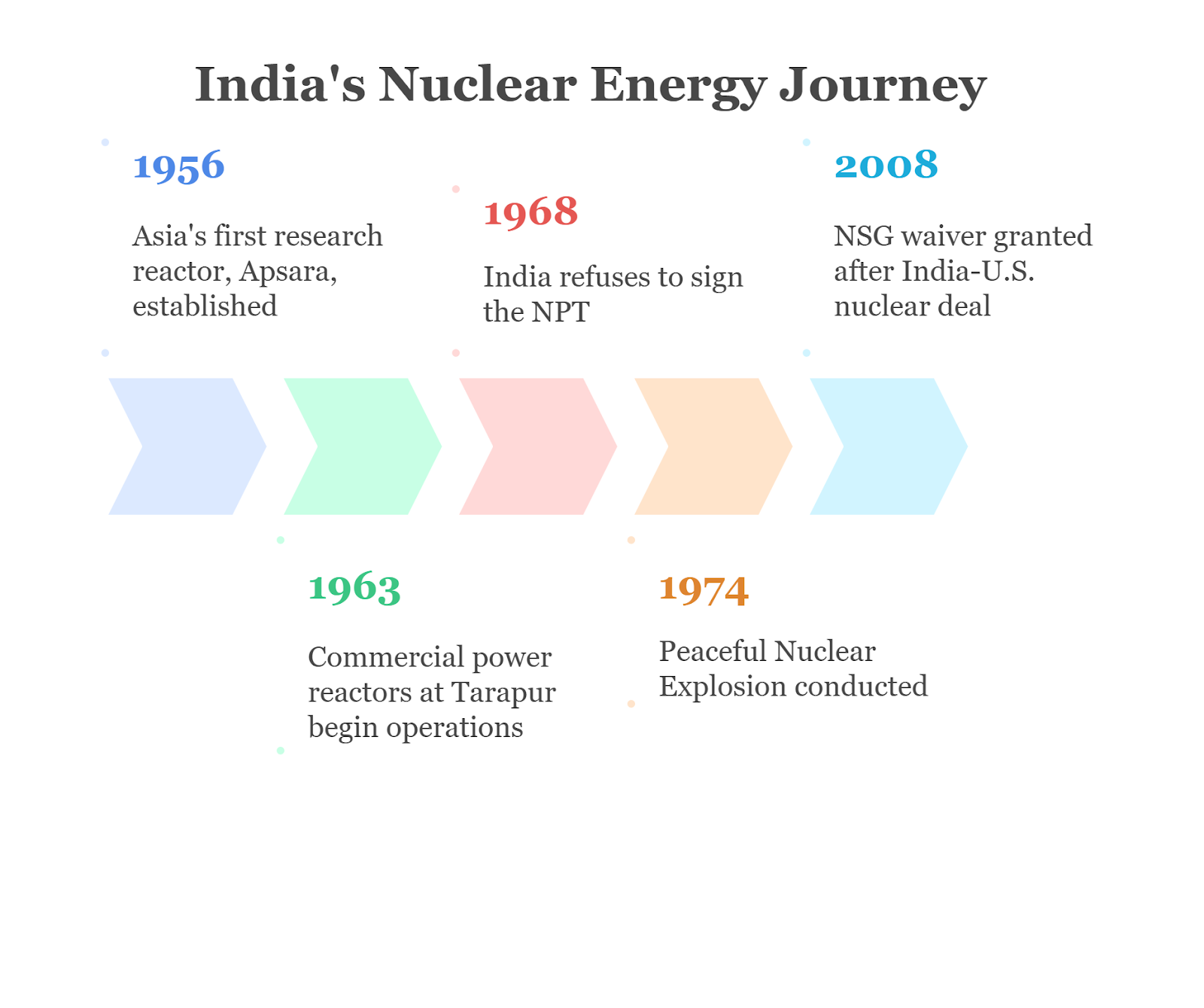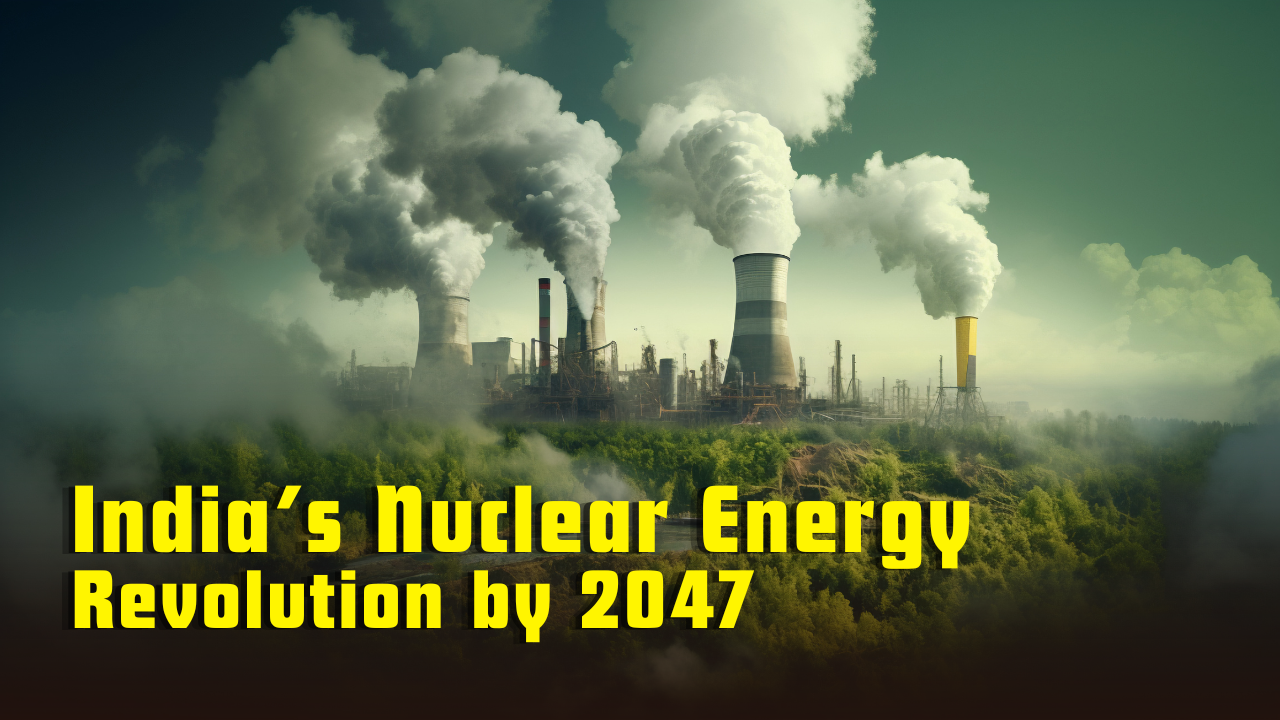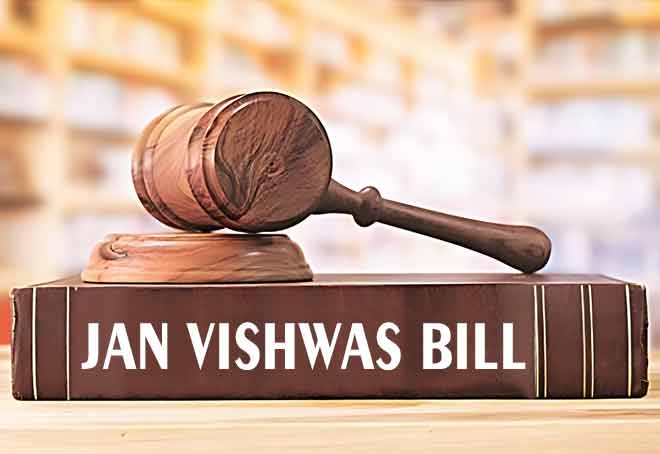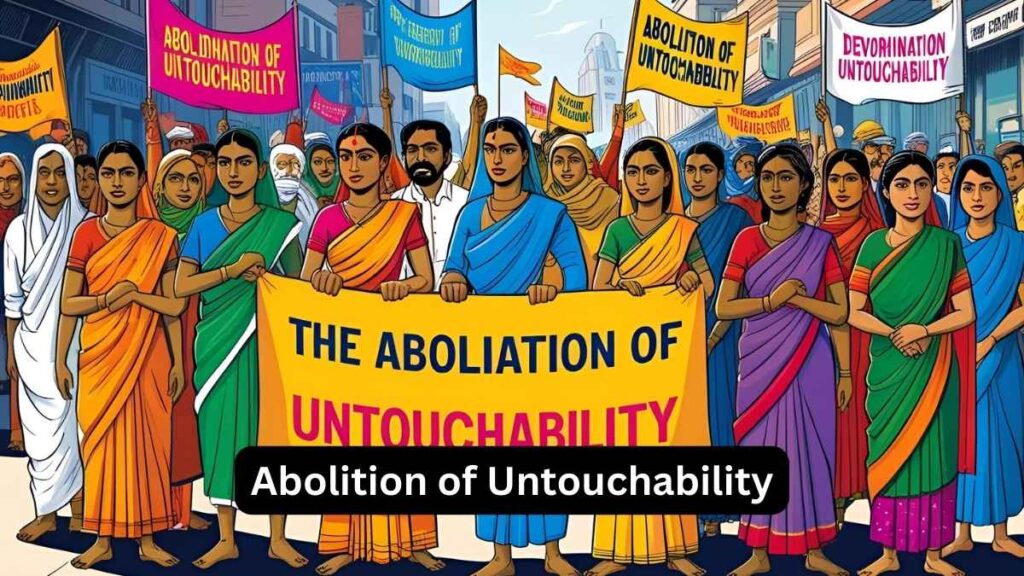Font size:
Print
India’s Nuclear Energy Revolution by 2047
Redeeming India’s nuclear power promise
Context: The Union Budget 2025-26 marked a turning point in India’s Nuclear Energy strategy by setting a bold target of achieving 100 GW of nuclear power capacity by 2047, up from the current 8.18 GW.
More on News
- This aligns with India’s dual ambitions — becoming a developed economy (Viksit Bharat) by 2047 and attaining net-zero emissions by 2070.
- To enable this vision, the government has also allocated ₹20,000 crore to develop at least five indigenously designed Small Modular Reactors (SMRs) by 2033, signalling a push toward cleaner and modular nuclear technologies.

What Challenges Does India Face in Expanding Its Nuclear Sector?
- India’s nuclear sector has traditionally been government-dominated, governed by the Atomic Energy Act, 1962 and the Civil Liability for Nuclear Damage Act (CLNDA), 2010.
- To bring in private and foreign investment, major legislative and regulatory reforms are required.
- The proposed reforms include:
-
- Amendments to the Atomic Energy Act to allow greater private participation
- Revisions to CLNDA’s liability clauses that currently deter foreign suppliers
- Creation of an independent nuclear regulatory authority
- Addressing tariff-setting and commercial dispute mechanisms
Why Is Nuclear Power Essential for India’s Clean Energy Transition?
- To become a developed nation by 2047, India needs its GDP to grow from $4 trillion to over $35 trillion, and per capita income to rise to $22,000.
-
- This will require a fivefold increase in power generation capacity.
-
-
Key facts:
-
- India’s per capita electricity usage is only 1,208 kWh, compared to 12,500 kWh in the U.S.
- Renewable sources, despite significant capacity, generate only 20-25% of total power
- Coal still provides 75% of electricity due to renewables’ intermittency
What Global Trends Are Reinforcing India’s Nuclear Push?
- At COP28 in Dubai (2023), over 20 countries signed the Declaration to Triple Nuclear Energy by 2050.
- In June 2024, the IAEA and World Bank announced joint support for nuclear energy in developing countries — a global recognition of nuclear energy’s role in climate goals.
What Are the Government’s Strategic Routes to Achieve 100 GW Nuclear Target?
- Small Modular Reactors (SMRs): Using standardised PHWR designs for scalable deployment, especially to replace captive thermal plants.
- Scaling 700 MW PHWRs: Expediting land acquisition, strengthening supply chains, and expanding NPCIL capacities.
- International Partnerships: Reinvigorating stalled negotiations with France and the U.S. to import advanced reactor technology.
How Must India Reform Its Nuclear Legal and Regulatory Framework?
India’s nuclear laws were framed when nuclear energy was seen as a strategic and sensitive sector. But the 2025 vision demands:
- Amendments to Atomic Energy Act, 1962: Clarify ownership, operator responsibility, fuel supply, and waste management, allowing private players to participate.
- Reforms to CLNDA, 2010: Limit supplier liability to encourage global partnerships
- Revising Tariff-Setting Mechanisms: To align with existing Electricity Act norms for fair and transparent pricing.
- Establishing an Independent Nuclear Regulatory Authority: Replacing the current AERB, which lacks statutory autonomy.
What Role Can the Private Sector and Foreign Investment Play?
To achieve 100 GW by 2047, NPCIL’s limited budget (~$1.2 billion/year) is insufficient. Private investment is critical. Key reforms include:
- Allowing foreign direct investment (FDI) up to 49% under Indian ownership control
- Attracting Indian corporate majors like Tata, Adani, Reliance, and Vedanta
- Offering financial incentives, including: Long-term power purchase agreements (PPAs), Viability gap funding (VGF) for new projects and Access to green financing instruments.
- Classifying nuclear energy as a “green energy source” (not just “non-fossil”) can unlock new streams of climate finance and tax incentives.
Subscribe to our Youtube Channel for more Valuable Content – TheStudyias
Download the App to Subscribe to our Courses – Thestudyias
The Source’s Authority and Ownership of the Article is Claimed By THE STUDY IAS BY MANIKANT SINGH





